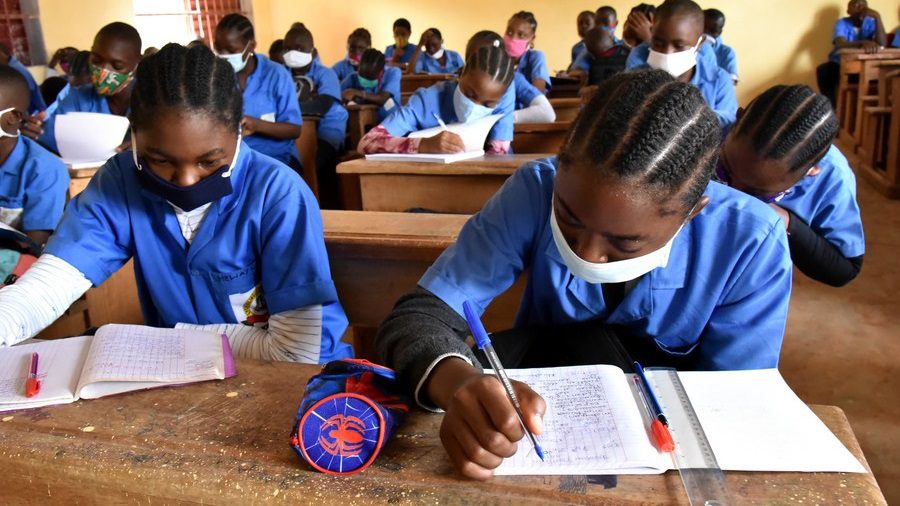By investing in the education and wellbeing of the girl child, government authorities hope to set this segment of the population on a pedestal that will positively impact the society in the future.
The international day of the girl child has been commemorated this year under the theme “Our time is now – our rights, our future”. As it is the 10th anniversary of the International Day of the Girl (IDG), it is worth noting that there has been increased attention on issues that matter to girls amongst government authorities, policymakers and the general public, and more opportunities for girls to have their voices heard on the global stage. Yet, investments in girls’ rights remain limited and girls continue to confront a myriad of challenges to fulfilling their potential; made worse by concurrent crises of climate change, COVID-19 and humanitarian conflict. Girls around the world continue to face unprecedented challenges to their education, their physical and mental wellness, and the protections needed for a life without violence. Despite adversity, UNICEF holds that there is some growing resourcefulness, creativity, tenacity, and resilience. “the world’s 600 million adolescent girls have shown time and time again that given the skills and the opportunities, they can be the changemakers driving progress in their communities, building back stronger for all, including women, boys and men”.
With more girls breaking boundaries and barriers posed by stereotypes and exclusion, including those directed at children with disabilities and those living in marginalized communities, it is more than ever before imperative to up investments in their regard. As entrepreneurs, innovators and initiators of global movements, girls are creating a world that is relevant for them and future generations. And so to harness the potential embedded in girls, government through the ministry of Women’s Empowerment and partners are fostering programs aimed at giving girls the chance to make their mark. If effectively supported during the adolescent years, girls have the potential to change the world – both as the empowered girls of today and as tomorrow’s workers, mothers, entrepreneurs, mentors, household heads, and political leaders. An investment in realising the power of adolescent girls upholds their rights today and promises a more equitable and prosperous future, one in which half of humanity is an equal partner in solving the problems of climate change, political conflict, economic growth, disease prevention, and global sustainability.
Claudette CHIN




